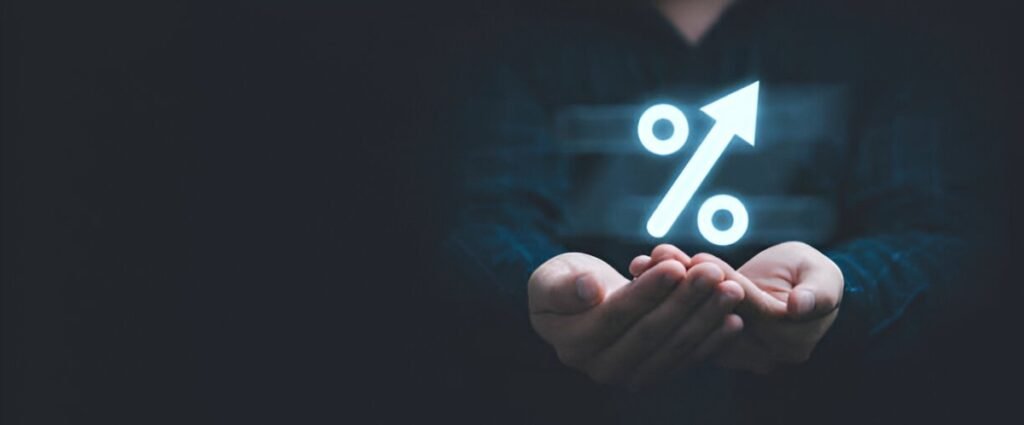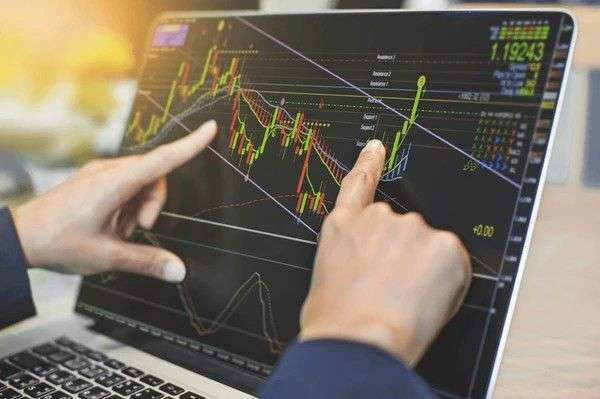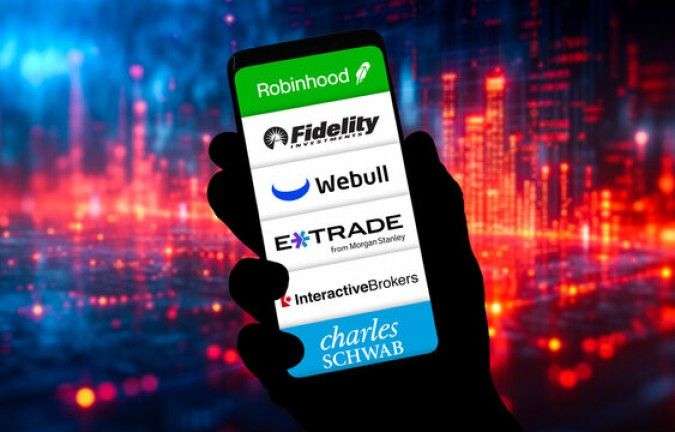As a trader, I’ve learned over the years that the right gadgets can make a world of difference when it comes to staying on top of the markets and executing trades swiftly. The stock market is a fast-paced environment where split-second decisions matter, and having the best tools at your disposal is essential. In this guide, I will walk you through some of the best gadgets I use in my trading setup, breaking them down in terms of functionality, cost, and overall value.
Table of Contents
1. Monitors: The Heart of Any Trading Setup
A solid multi-monitor setup is, without a doubt, one of the most significant investments a trader can make. It’s essential for managing multiple charts, news feeds, and other data sources simultaneously without having to switch between windows constantly. I personally use three monitors in my setup, each serving a specific purpose.
Benefits of Multi-Monitor Setup:
- Improved Efficiency: No more toggling between tabs or windows. Having a dedicated monitor for each type of data stream helps me stay focused and organized.
- Better Visibility: More screen real estate means I can zoom in on charts and get a clearer view of market movements.
- Real-Time Data: You can set up multiple market feeds, news sources, and even social media streams, all in real-time.
My Setup:
- Primary Monitor: 27-inch 1440p resolution, used for my main trading platform and charts.
- Secondary Monitors: 24-inch 1080p monitors, one for news feeds and the other for watching market summaries and social media.
- Budget Option: If you’re on a budget, a dual-monitor setup can be a great start. You can get a decent 24-inch monitor for under $150.
| Model | Screen Size | Resolution | Price Range |
|---|---|---|---|
| Dell U2720Q | 27 inches | 4K | $500-$600 |
| ASUS ProArt PA278QV | 27 inches | 1440p | $300-$350 |
| Acer R240HY | 24 inches | 1080p | $100-$150 |
2. Keyboards: Precision and Comfort Matter
As I’ve spent hours upon hours in front of my computer, I’ve realized the importance of a good keyboard. A reliable, ergonomic keyboard reduces strain, allowing me to trade comfortably for longer periods. The responsiveness of the keys also matters when executing quick trades.
I prefer mechanical keyboards for their tactile feedback and reliability. While they may be louder than traditional membrane keyboards, they offer a satisfying typing experience. I’ve tried several brands, and here’s what I recommend based on my experience.
Features to Look for:
- Key Rollover: Essential for executing multiple key presses simultaneously.
- Ergonomics: A comfortable layout helps prevent strain during long sessions.
- Customizable Keys: Some traders like to have dedicated hotkeys for specific actions on their trading platform.
My Picks:
- Best Mechanical Keyboard: Corsair K95 RGB Platinum – It’s expensive but offers customizable keys, excellent build quality, and responsive key switches.
- Budget Mechanical Keyboard: Redragon K552 Kumara – A great mechanical keyboard for under $50 that offers solid performance without breaking the bank.
- Budget Non-Mechanical Option: Logitech K780 – Great if you prefer a more traditional feel but still want comfort and functionality.
| Model | Type | Price Range |
|---|---|---|
| Corsair K95 RGB | Mechanical | $150-$200 |
| Redragon K552 | Mechanical | $30-$50 |
| Logitech K780 | Membrane | $50-$80 |
3. Mouse: Speed and Accuracy at Your Fingertips
The mouse is the tool I use to interact with my trading software, and I need it to be fast and precise. A trading mouse needs to have high DPI (dots per inch) sensitivity, so I can move the cursor with pinpoint accuracy. Additionally, programmable buttons can streamline the execution of common tasks, making it faster to place trades, set stop-loss levels, or adjust order sizes.
My Recommendations:
- Best Overall Trading Mouse: Logitech G Pro X Superlight – Lightweight, high-DPI accuracy, and responsive.
- Budget Option: Razer DeathAdder Essential – A solid, affordable option that doesn’t skimp on precision.
- Ergonomic Option: Anker Vertical Mouse – Perfect if you suffer from wrist strain as it offers a natural hand position.
| Model | DPI Sensitivity | Programmable Buttons | Price Range |
|---|---|---|---|
| Logitech G Pro X | 25,600 | 5 | $120-$140 |
| Razer DeathAdder | 6,400 | 5 | $30-$50 |
| Anker Vertical Mouse | 2,400 | 5 | $20-$30 |
4. Headset: Stay Focused and Communicate Clearly
If you trade in a group or follow specific podcasts, webinars, or conference calls, having a clear and comfortable headset is crucial. I use my headset to listen to market commentary or to participate in real-time discussions with other traders.
Features to Consider:
- Noise Cancellation: Helps block out distractions and focus on the task at hand.
- Comfort: Since I sometimes trade for hours, a comfortable headset is a must.
- Microphone Quality: If you’re collaborating with other traders, having clear audio for communication is vital.
My Choices:
- Best Overall: Bose QuietComfort 35 II – Excellent sound quality and noise cancellation.
- Budget Option: SteelSeries Arctis 1 – Great audio and comfort at a much lower price point.
- Wireless Option: Logitech G Pro X Wireless – Offers both flexibility and sound clarity.
| Model | Noise Cancellation | Price Range |
|---|---|---|
| Bose QuietComfort 35 II | Yes | $250-$300 |
| SteelSeries Arctis 1 | No | $40-$60 |
| Logitech G Pro X Wireless | Yes | $120-$150 |
5. Tablet: A Secondary Screen for Convenience
While my primary monitors handle the bulk of my trading, I’ve found a tablet to be incredibly helpful as a secondary screen. It allows me to keep track of specific charts or news feeds without crowding my main setup. I use it to stay up to date with the latest developments or watch live financial TV.
My Tablet of Choice:
- Best Overall Tablet: Apple iPad Pro 11-inch – Its large screen and high refresh rate are perfect for trading apps and managing real-time data.
- Budget Option: Samsung Galaxy Tab A7 – A more affordable alternative with solid performance for basic trading functions.
| Model | Screen Size | Price Range |
|---|---|---|
| iPad Pro 11-inch | 11 inches | $600-$800 |
| Samsung Galaxy Tab A7 | 10.4 inches | $200-$300 |
6. Router: Fast Internet Is Crucial
In the world of stock trading, where every millisecond counts, having a reliable and fast internet connection is non-negotiable. A router with high bandwidth and low latency will ensure that you don’t miss any price movements or critical updates.
Recommended Routers:
- Best Overall: Netgear Nighthawk AX12 – Offers WiFi 6 and high speeds for data-heavy trading sessions.
- Budget Option: TP-Link Archer A7 – A reliable and affordable router for basic home trading setups.
| Model | Wi-Fi Standard | Price Range |
|---|---|---|
| Netgear Nighthawk AX12 | Wi-Fi 6 | $300-$350 |
| TP-Link Archer A7 | Wi-Fi 5 | $50-$70 |
7. Trading Software: A Necessary Tool
Of course, no gadget is complete without trading software. The right platform can help you make informed decisions and execute trades quickly. I use multiple platforms depending on the asset I’m trading, but all of them need to be responsive, offer technical analysis tools, and provide real-time data.
Popular Trading Platforms:
- MetaTrader 4/5: One of the most widely used platforms for Forex trading, it’s known for its powerful charting tools and automated trading.
- ThinkorSwim: Ideal for those trading stocks, options, and futures with advanced charting tools and real-time data.
- Interactive Brokers: A robust platform suitable for both beginners and experienced traders.
Conclusion
Investing in the right gadgets can dramatically improve your trading experience. The key is finding the tools that work for you—whether that’s a high-quality monitor setup, an ergonomic keyboard, or a reliable headset. By optimizing your trading environment, you’ll be in a better position to respond to market movements quickly and efficiently.
With these gadgets, you can build a trading station that enhances your productivity and makes your day-to-day activities more efficient, giving you the edge in the fast-paced world of stock trading.





